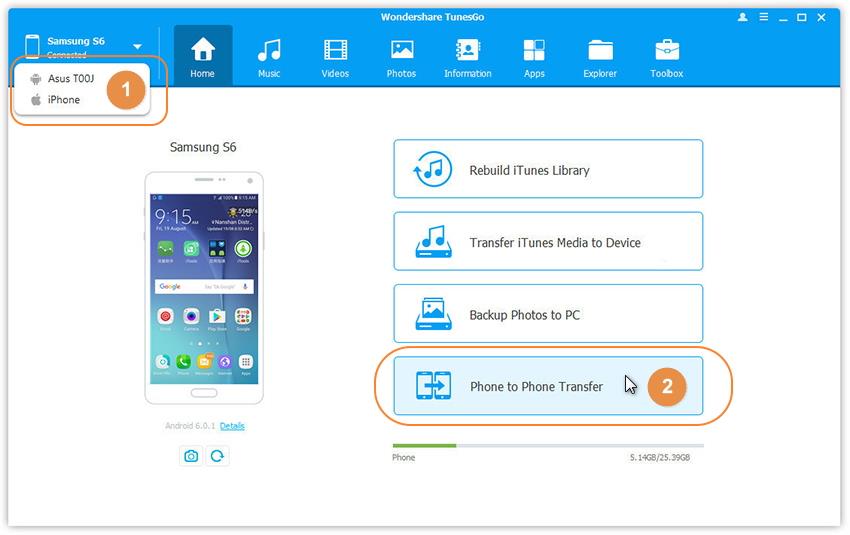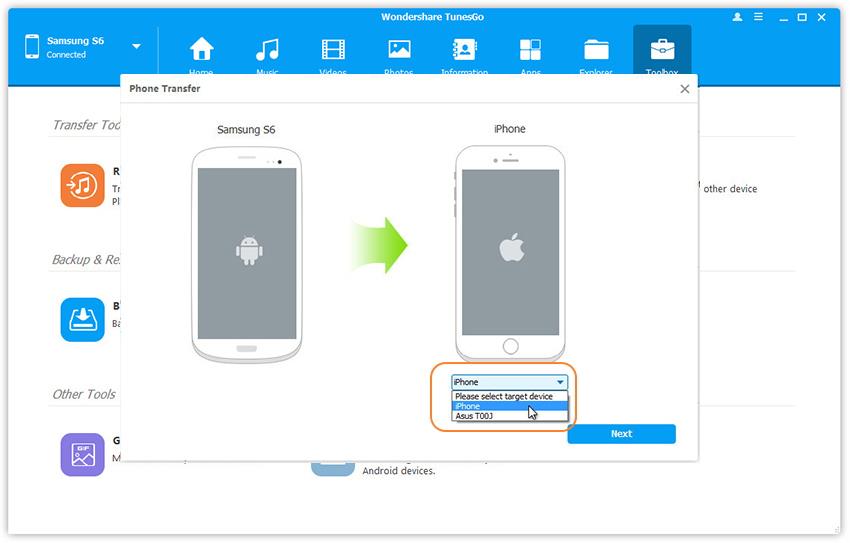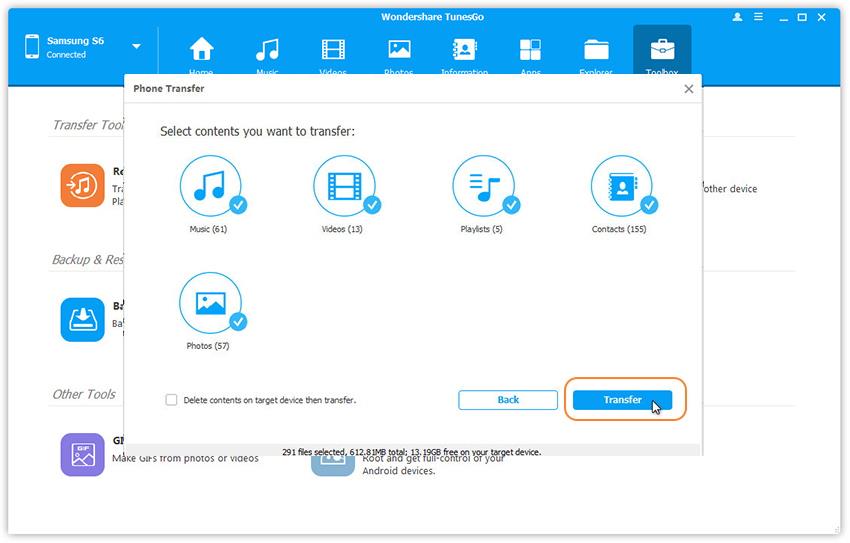Google Pixel Vs Nexus 6P: Which Google phone is better?
Google entered the premium smartphone market with its Pixel devices, a step ahead of last year’s Nexus lineup. Pixel is end-to-end designed by Google with only a few little differences between the Pixel and Pixel XL models. Of course, Nexus too is from Google. However, Google changed its direction and wanted to provide made-by-Google products. Let us see the differences between the two devices from Google.
![]()
Design: Google Pixel Vs Nexus 6P
The Nexus 6p is a big brother among the entire lineup with a larger display and falls under the “phablet” category. Of course, it is easy to differentiate between Pixel and 6p device due to the sizes, but the appearance is similar. The bezels and the outline of both the units are very much similar. The Pixel uses the combination of aluminum and glass, while the 6p is an all-metal design. Both the devices receive protection from Gorilla Glass 4.
Display: Google Pixel Vs Nexus 6P
The Pixel is the smallest with a 5-inch screen. It carries the AMOLED technology embedded into the smaller screen. With full HD resolution at 1920x1080, the screen is vivid, sharper, and crisper. The increased pixels per inch offer some of the finest viewing angles and display at any time. The Nexus 6p falls under the “phablet” category with a 5.7-inch quad-HD display with a resolution of 2560x1440. The richness of the screen is clearly visible – thanks to the AMOLED technology. Both the units offer sharper, rich, and accurate color reproduction with deep blacks.
Hardware: Google Pixel Vs Nexus 6P
The Pixel is the first device in the world to run on QUALCOMM Snapdragon 821 processor. According to QUALCOMM, the new processor boosts the power efficiency by 10% in comparison to its predecessor – the Snapdragon 820. Use of 4GB of RAM further enhances the overall performance of the device, making it the finest among the smallest devices out there. The Nexus 6p operates on the QUALCOMM Snapdragon 810 processor coupled with 3GB of RAM.
Software: Google Pixel Vs Nexus 6P
The Pixel runs on the latest Android operating system, the Nougat 7.1. There is a complete change in the interface, and the changes are sure to capture the user’s attention. One of the major inclusions is the Google Assistant, which according to Google is sure to make the entire usability, handling, and experience a lot more fun. Additionally, the Pixel uses the new skin – the Pixel Launcher.
The Nexus 6p will receive an update to the Nougat 7.0, which currently is running on the Android 6.0 Marshmallow. Users can experience a new Nexus experience after the update to the latest OS update, which is sure to bring in new tweaks and changes for a better performance of the device.
Camera: Google Pixel Vs Nexus 6P
The Pixel has a 12.3-megapixel with video stabilization, phase detection autofocus, laser autofocus detection, and dual-tone LED flash. An interesting factor is the absence of fancy characteristics like the dual lens sensor. However, the 1.55 µ pixel size and f/2.0 aperture offer the best pictures in any lighting condition. The Nexus 6p arrives with loaded 12-megapixel camera. Features include phase detection method from Sony, larger 1.55 µ pixels for letting more light, and laser autofocus. However, the premium device does not have the much-needed optical image stabilization.
Battery: Google Pixel Vs Nexus 6P
A major drawback for the Pixel device is the low 2,770-mAh battery. On a continuous use, the phone lives for about 7 to 8 hours. However, the fast turbocharging brings it back to life with 7 hours of runtime within 15 minutes. Users will charge using the latest USB-C port. The Nexus 6p uses a 3,450-mAh battery, which is just sufficient to keep it running. With general use, you can expect the device to run for a complete day. The charging uses the Type-C USB port and juices the battery to its full percent in an hour.
Price: Google Pixel Vs Nexus 6P
The Pixel is available in 32GB at $649 and 128GB at $749. The Nexus 6p is available in three variants – 32, 64, and 128GB respectively. The 32GB is available for $500, the 64GB for $550, and the 128GB version for $650.
| Google Pixel | Google Nexus 6P | |
|---|---|---|
| Display size, resolution | 5-inch; 1,920x1,080 pixels | 5.7-inch; 2,560x1,440 pixels |
| Pixel density | 441 ppi | 515ppi |
| Dimensions (inches) | 5.66x2.74x0.34 (at its thickest) | 6.3x3.1x0.28 |
| Dimensions (millimeters) | 143.84x69.54x8.58 (at its thickest) | 159x78x7.3 |
| Weight (ounces, grams) | 5.04 oz.; 143 g | 6.3 oz.; 178 g |
| Mobile software | Android 7.1 Nougat | Android 6.0 Marshmallow |
|
Camera Front-facing camera |
12.3-megapixel 8-megapixel |
12.3-megapixel 8-megapixel |
| Video capture | 4K | 4K |
| Storage | 32GB, 128GB | 32GB, 64GB, 128GB |
| Battery | 2,770mAh | 3,450mAh (nonremovable) |
| Special features | Google Assistant built-in; unlimited cloud storage; Daydream VR ready | "Pure" Android |
| Price off-contract (USD) | $649 (32GB); $749 (128GB) | $499 (32GB); $549 (64GB); $649 (128GB) |
Must-have Phone Manager for Google Phone
A Phone Manager tool simplifies how you operate your device and establish communication with a computer or Mac. With the help of Google Phone Manager, you obtain the possibility to manage content on your Pixel or Nexus phone with ease. Transferring content back and forth to the device becomes easy and the overall management is a single stop solution. The key characteristics of the software are:
Google Phone Manager - One Stop Solution to Manage Transfer Files on Google Phones
- Backup your music, photos, videos, contacts, SMS etc. to computer and restore them easily.
- Manage, export&import your Contacts and SMS, deduplicate Contacts, reply SMS with computer.
- One-click Root - Root your Android phones/tablets to take full control of your device.
- Phone to Phone Transfer - Transfer music, photos, videos, contacts, SMS between two mobiles (both Android and iPhone are supported).
- App Manager - Install, uninstall, import or backup Apps in batch.
- Gif Maker - Create Gif from photos, motion photos, videos.
- iTunes Manager - Sync iTunes Music to Android or transfer music from Android to iTunes
- Fully compatible with 3000+ Android devices (Android 2.2 - Android 8.0) from Google, Samsung, LG, HTC, Huawei, Motorola, Sony etc.
How to Move Content from Old Device to Google Pixel/Nexus 6p
Google Phone Manager is also great Phone Transfer tool to transfer files from old phone to new Google Nexus and Google Pixel. Step 1 Google Phone Transfer is available for both Windows and Mac as a trial variant, which you can download from official website. Launch the program after completing the installation. Connect both the units to the computer and choose your old phone as the source.

Step 2 Click “Phone to Phone Transfer” from the product window.
Step 3Select the target device using the drop-down box manual from the next screen.

Step 4 Upon clicking the next button, the program will display the categories that you can transfer from old handset to the new smartphone. Mark the files format that you wish to move and press the transfer button to begin moving the selected contents to the new device. Wait for the program to complete the process. The time taken is dependent on the total size of the data.

Note: If you are utilizing the Windows version of Google Phone Manager, you have the opportunity to delete existing content on the target device before initiating the transfer process.
Simply download and have a try this must-have Google Phone Manager to manage and transfer all your music, photos, contacts and other files on your Google Nexus and Google Pixel.

